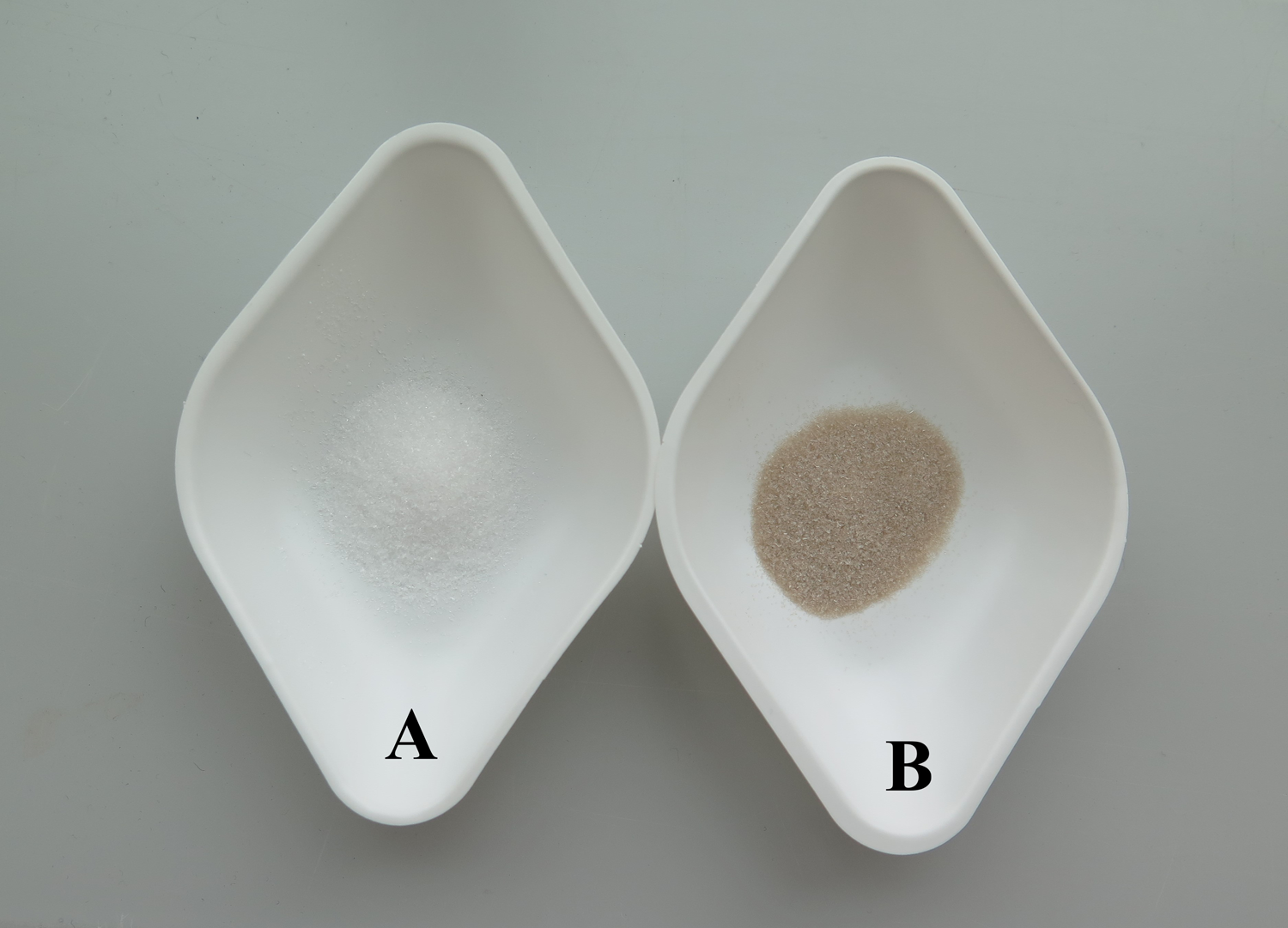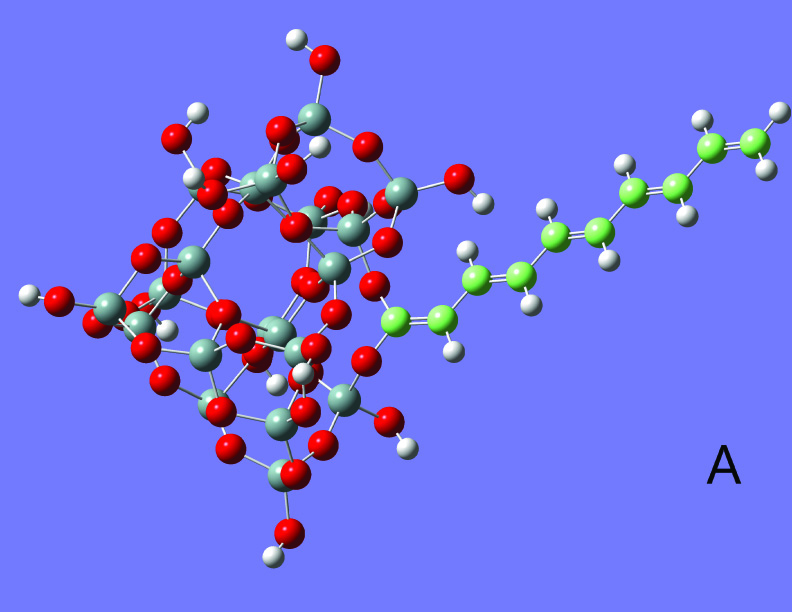A model for the reddish patches seen on Triton, Pluto and Charon
- 1Department of Biology, Microbiology Section, Ny Munkegade 114 – 116, Aarhus University, DK-8000 Aarhus C, Denmark (geopn@geo.au.dk)
- 2Department of Chemistry, Langelandsgade 140, Aarhus University, DK-8000 Aarhus C, Denmark
- *A full list of authors appears at the end of the abstract
Laboratory experiments mimicking the saltation process in a Mars-like atmosphere show that triboelectric processes lead to excitation and ionization of molecules and atoms in the gas phase [1]. (Saltation refers to the processes when the sand grains are lifted up into the air and suspended for a short distance before falling back to the surface with a parabolic trajectory). Spectral analysis of the triboluminescence accompanying the processes reveals excitation energies of at least 21 eV [1-2]. This result has inspired us to investigate if chemical changes are associated with the processes.
Here we report month-long saltation mimicking experiments in a quartz ampoule with quartz grains (SiO2) in a methane (CH4) atmosphere. As the saltation proceeds, we observe a color change of the grains from white to reddish as seen in Fig. 1. Our experiments report laboratory results of photochemical process. We are not investigating saltation on planetary bodies.

Figure 1. A: Quartz sample prior to the saltation experiment. B: Quartz sample after 340 days of a saltation in a quartz ampoule containing a methane atmosphere with an initial pressure of 561 mbar.
The reddish grain-color looks like the color observed on the polar caps of Triton [3, 4] and Charon [5] as well as on the dwarf planet, Pluto [6].
The color of Charon is linked to cold-trapped methane rich volatiles [5]. The color on Triton and Pluto could be the result of photochemistry, leading to organic compounds formed in the atmosphere under exposure to UV radiation. The compounds deposit on the surface where they - along with potential gases, like N2 and CO - form tholin-like materials [7, 8]. The patches could also be formed by UV radiation of the surface material containing N2, CO and CH4. The excitation energies in the saltation experiments (at least 21 eV [1]) are similar to the energy of the hard UV radiation reaching the planetary bodies suggesting that analysis of the saltation produced reddish material could lead to insight into the reddish patches on these bodies. Our saltation experiments suggest an alternative way of forming tholins on planets with a methane-containing atmosphere and a solid surface.
We study the reddish material with X-ray photoelectron spectroscopy (XPS), reflection spectroscopy and solid-state Raman spectroscopy. In addition, electron structure calculations give some insight into the complex chemistry. Experiments and calculations indicate the observations of color change can be explained as a coating of the quartz grains by polydiene polymers [9].

Calculated potential minima of a model for a polydiene with 10 C-atoms anchored to a quartz grain. A: quartz grain with 20 Si-atoms. Color code: red = O, steel = Si, green = C, and white = H.
References
[1] J. Thøgersen, et al., Light on windy nights on Mars: A study of saltation-mediated ionization of argon in a Mars-like atmosphere. Icarus 332, 14-18 (2019).
[2] M. A. Lieberman, and A. J. Lichtenberg, (2005). Principles of plasma discharges and materials processing (2nd ed.). Hoboken, N.J.: Wiley-Interscience. 546. ISBN 978-0471005773. OCLCZZ 59760348.
[3] D. F. Strobel, et al., The photochemistry of methane in the atmosphere of Triton,
Geophys. Res. Lett. 17(10), 1729-1732 (1990).
[4] W. M. Grundy, et al., Spectroscopy of Pluto and Triton at 3–4 Microns: Possible evidence for wide distribution of nonvolatile solids, Astron. J. 124, 2273–2278 (2002).
[5] W. M. Grundy, et al., The formation of Charon’s red poles from seasonally cold-trapped volatiles. Nature 539, 65-68 (2016).
[6] S. A. Stern, et al., The Pluto system: Initial results from its exploration by New Horizons. Science 350, aad1815 (2015).
[7] C. Sagan, and B. Khare, Tholins: organic chemistry of interstellar grains and gas, Nature 277, 102-107 (1979).
[8] G. D. McDonald, et al., Chemical investigation of Titan and Triton tholins. Icarus,. 108(1), 137–145 (1994).
[9] P. Nørnberg, et al., Methane as a reddish coating agent. Icarus 382, 115023 (2022)
Mars Team, Aarhus University
How to cite: Nørnberg, P. and Knak Jensen, S. and the Mars Team, Aarhus University: A model for the reddish patches seen on Triton, Pluto and Charon, Europlanet Science Congress 2022, Granada, Spain, 18–23 Sep 2022, EPSC2022-332, https://doi.org/10.5194/epsc2022-332, 2022.

